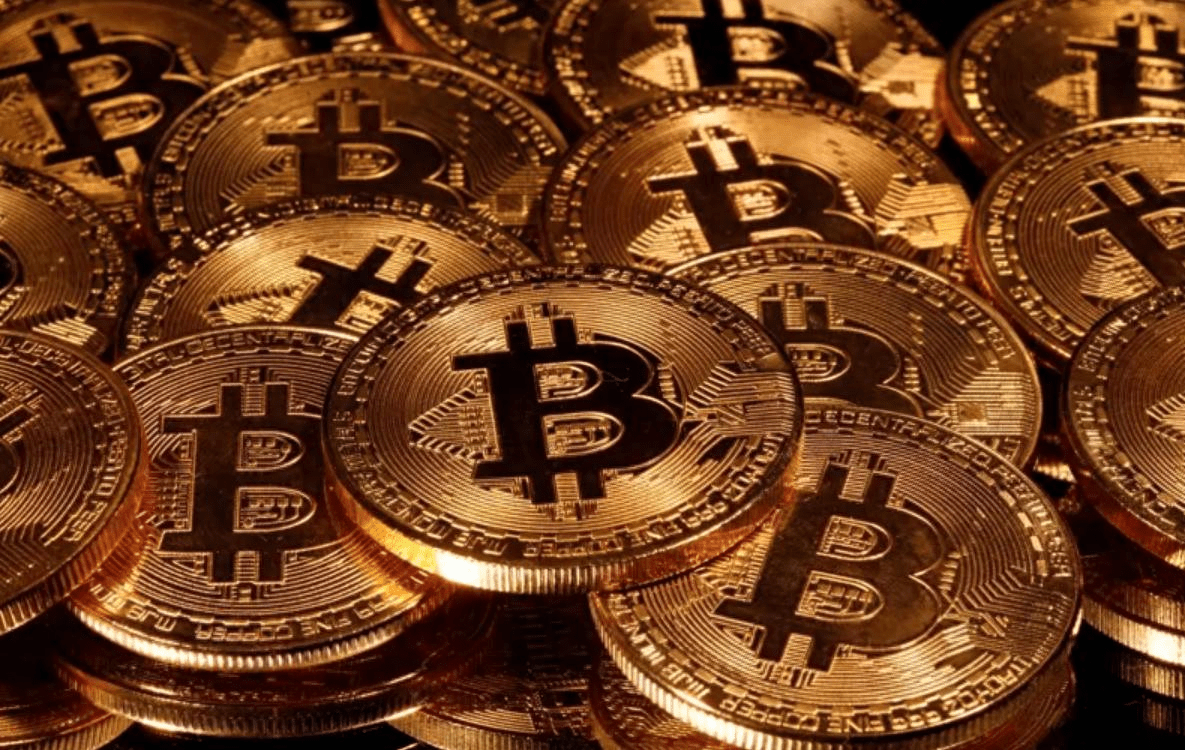In mid-January this year, the crypto world was suddenly flooded with a token called 'Trump Coin' (a meme virtual currency) - within just a few days, its price soared several times, and social media was inundated with related memes and Twitter screenshots. Some showed trading records with profits of over ten thousand dollars in just a few hours, while others lamented, 'Woke up and returned to square one.'

Note: 'Tokens' typically refer to crypto assets that are attached to existing blockchain platforms (such as assets issued on Solana, Ethereum), which may have specific uses or be used purely as speculative tools. 'Coins', on the other hand, tend to refer to cryptocurrencies that have their own complete blockchains, such as Bitcoin and Ethereum.
'Trump Coin' is essentially an emotionally driven 'meme coin', similar to Dogecoin and Shiba Inu, with extreme price volatility and high risk. Technically, it is a token asset on the Solana blockchain. However, its explosive popularity has led many to wonder: Is there a digital asset in the crypto world that can enjoy the conveniences of blockchain without the heart-stopping thrills of rollercoaster rides?
The answer is - Stablecoin.
1. What are Stablecoins?
Stablecoins are cryptocurrencies that are pegged to fiat currencies, precious metals, or other assets, striving to maintain price stability. For example, the most common USDT (Tether) and USDC (USD Coin) have almost always remained around 1 dollar, referred to as the 'digital dollar of the crypto world.'
2. How do stablecoins maintain 'stability'?
Fiat-backed: Issuers store an equivalent amount of dollars or other assets in banks, issuing stablecoins at a 1:1 ratio (like USDT, USDC).
Crypto asset-backed: Excessively collateralized with Bitcoin, Ethereum, etc., with smart contracts controlling issuance and redemption (like DAI).
Algorithmic stable: Relies on algorithms to adjust market supply and demand (like early UST, but with very high risk).
3. Uses of Stablecoins
Hedging: Converting assets into stablecoins to lock in value during price surges and drops.
Cross-border payments: Faster and cheaper than traditional remittances.
On-chain finance (DeFi): The base currency for lending, wealth management, and liquidity mining.
4. Risks of Stablecoins
Lack of reserve transparency: USDT and others have sparked controversy due to auditing issues.
Regulatory risk: Stricter regulations in various countries may affect circulation.
Algorithmic collapse: The UST incident is still fresh in the market's memory.
5. Future Trends
With the introduction of Central Bank Digital Currencies (CBDCs) in various countries, stablecoins will face more competition and regulation. Those who can do better in terms of reserve transparency, compliant operations, and cross-border payments may become the 'core settlement layer' in the crypto world.
Conclusion: If 'Trump Coin' is a firework display of the crypto world, then stablecoins are the 'foundation' in the blockchain world, steadily connecting the real and virtual economies.

